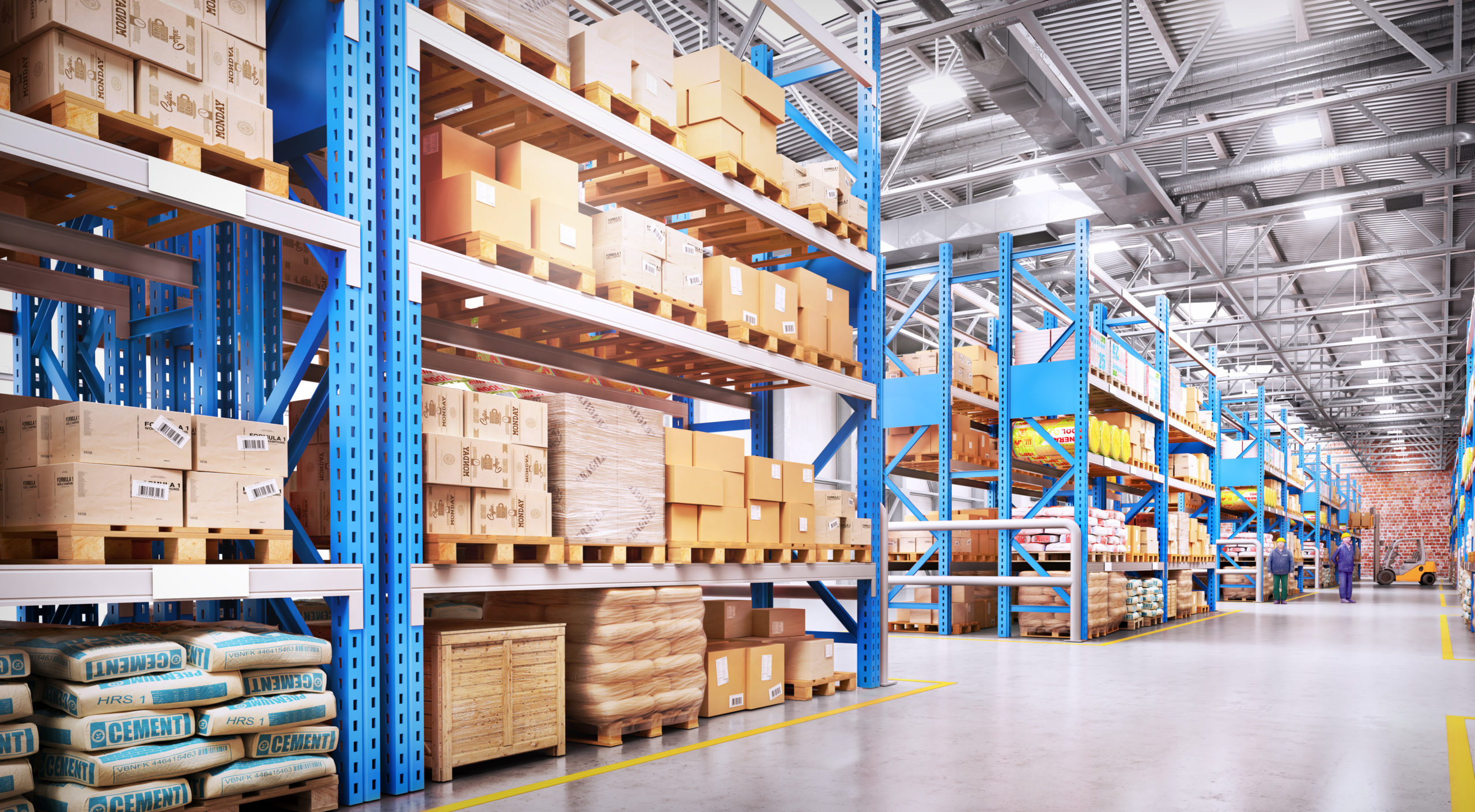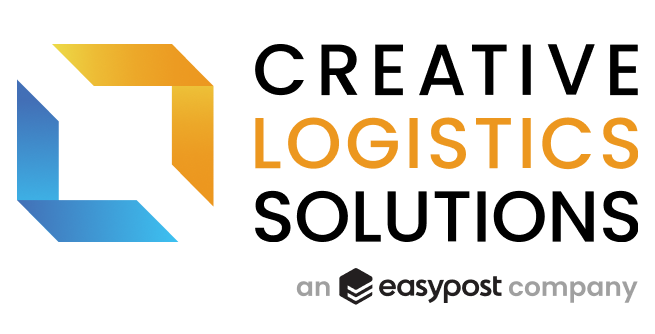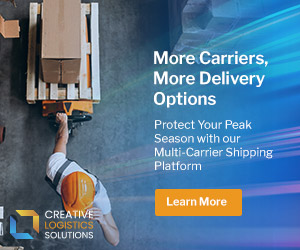Third-Party Logistics (3PL) Provider

Definition
What is a third-party logistics (3PL) provider? A 3PL is a firm that specializes in multiple logistics services for use by its customers. These services can include (but are not limited to):
- Importation/customs clearance
- Receiving & inspection
- Warehousing
- Inventory management
- Picking & packing
- Packaging (custom, kitting, etc.)
- Shipping & freight
- Returns
When beginning to think about whether to handle storing and distributing its products inhouse or outsourcing it to a third party, companies have many items (and their associated costs) to consider, including physical warehouse space, staffing requirements, equipment (ranging from vehicles to racking to conveyors), etc.
Advantages of Engaging a 3PL
The biggest advantage a 3PL can offer its customers is its economies of scale, whereby they can leverage the aggregate of needs across all of the customers they service to gain discounted pricing on packaging products and freight costs from carriers, retain a stable level of staff, etc., while allowing its customers to “cost-share,” reducing the overall cost to each.
When a firm is first starting out, or even many years into their business, their focus is on building their business, keeping costs low and focusing on their core competencies. 3PLs specialize in freight, warehousing and distribution, allowing companies that do not have an expertise in those fields or do not wish to take on these responsibilities in-house, to outsource these functions, so that they can focus their attention on what they do best.
Business Reasons to Consider in Partnering with a 3PL
When considering whether to partner with a 3PL, it all comes down to the numbers. The four main categories that 3PLs typically charge customers are:
- Storage of products
- Picking & packing of orders
- Packaging options
- Freight fees
Each month (or more/less frequently depending on their billing cycle) a 3PL generates an invoice for its customers based on the above items, in combination with the number of orders that were processed for its customer.
The rational for or against outsourcing to a 3PL would be quantified by the estimated cost of bringing these task inhouse over the same period. Certainly, there would be many expensive initial investment costs in a building (or addition to a current one), equipment, software, staffing etc., but if you picked some timeline out, say 5 or 10 years, what would be your estimated return on investment (ROI) be? This is the number you want to compare to invoices from a 3PL over the same period, considering your expected growth model.
Factors in Reviewing and Choosing a 3PL Company
If the above calculations lean towards partnering with a 3PL, there are a few more things to consider when selecting a partner. The first is location. Are there suitable options that are located either near your manufacturing facility to limit transportation, post-production, to the 3PL’s warehouse and/or are any of them geographically optimized to reduce transportation costs from the 3PL’s facility to your customers?
It’s also important to confirm that the 3PLs you’re considering can handle value added services that you may require. For example, if your packaging requires very meticulous attention to detail, or the process of kitting your products requires specific knowledge and/or skills to handle, and/or the 3PL’s suppliers cannot offer packaging options that you may require, then the 3PL won’t be a good long-term fit.
Also, can the 3PL scale with you as your business grows? If you receive a huge influx of orders on Black Friday, can they meet your delivery requirements? If you continue to scale at X% per month or year, does it have the resources to continue being your partner for years to come?
One last consideration is, do you want any third party to come between you and your customer for fulfillment. 3PLs can provide a significant ROI and many are outstanding at what they do, but are you in a high-touch industry that requires your company to provide special handling, shipping or last-minute customer specific item, service, or carrier changes?
If so, a 3PL may have difficulty handling these high-touch last minute requirements the way your staff would.
Conclusion
To conclude, 3PLs can offer customers the ability to outsource tasks such as warehousing and distribution so your company can focus on other tasks and leave those responsibilities to subject matter experts. When deciding whether to go with a 3PL or not, as always, it comes down to ROI and whether they are a good fit for your company and business model.
If you require assistance in making or reviewing these decisions and how you can configure your multi-carrier shipping system to exchange information between your operations and the 3PL’s operations, out team at Creative Logistics Solutions is always happy to help answer any questions your team might have.





